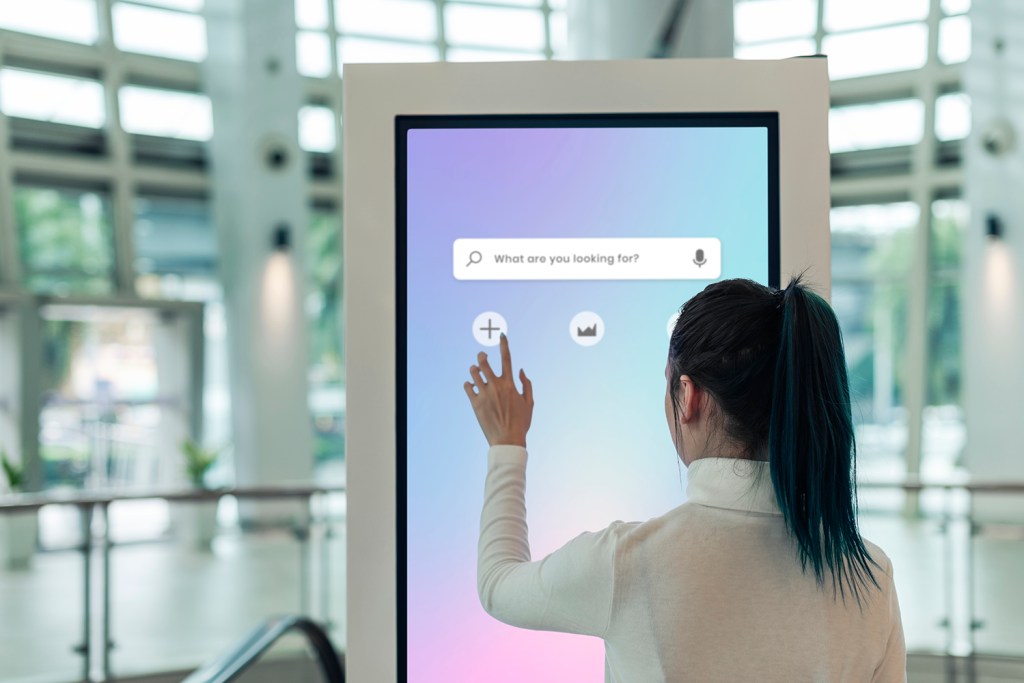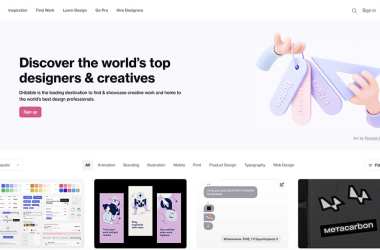Updated: Nov 20, 2024 By: Marios

Enhanced by technology, customer interaction in the retail landscape has surpassed traditional face-to-face exchanges. Through the advanced integration of innovative technologies into their design strategies, both online and offline, the shopping experience is greatly improved for customers.
Utilizing a combination of personalized interactions with omnichannel experiences reinforces relationships between retailers and consumers as a more effective means to boost brand loyalty.
Numbers show that 89% of businesses believe that customer experience is the leading contributor toward customer loyalty and retention. The effort to enhance customer interaction can easily further develop satisfaction among customers, which this article aims to explore thoroughly.
Utilizing Specialized Software to Enhance the Customer Experience

Depending on the nature of the industry businesses operate, the management of the product lifecycle is a complex endeavor. For instance, in the fashion industry, enhancing customer experiences requires coordination among design, production, and marketing teams. In this context, well-rounded fashion PLM software has become an essential tool for streamlining these processes.
Integrating PLM into retail design can enhance customer experience through several means; firstly by promoting better collaboration within teams to ensure products cater to customers' preferences. Secondly, providing real-time data on product performance, allowing informed decisions about inventory and product placement to be made by retailers.
Finally, since PLM software offers personalized insights into consumer behavior patterns, it makes it possible to craft more effective, targeted promotions and advertising efforts. This fusion not only enhances operational efficiency but also affords potential clients access to suitable items tailored to their tastes or needs.
Focusing on Mobile Technology for Improving Customer Engagement
Besides the ever-growing preference for online shopping, the retail experience has been revolutionized by the increasing use of smartphones, with customers now using them to browse products, shop, and interact with brands.
Retailers can boost customer interaction levels through the integration of mobile technology into their store designs. For instance, they can offer specialized apps that allow shopping directly from phones, complete with personalized offers based on a shopper's purchase history.
While making it possible for customers to shop online through an app, businesses must also pay attention to extending solid online customer service that can intercept all possible questions and concerns from the customers. This way, the shopping experience becomes well-rounded, laying the groundwork for repeat business and customer loyalty.
Mobile technology enables retailers to offer customers fast and effortless payment solutions, speeding up the checkout process while increasing customer engagement. This can be done through location-based features app like tailored promotions or in-store navigation based on customers' positions in the store. Businesses using this tech in retail design have an opportunity to provide shopping experiences tailored to individual consumers' convenience.
Using Interactive Displays to Improve the Overall In-store Experience

Interactive displays are becoming more prevalent in modern retail settings, providing customers with an unprecedented shopping experience through the integration of cutting-edge technologies such as touchscreens, motion sensors, and augmented reality (AR). These dynamic features app captivate audiences and enhance engagement.
Customers can utilize these state-of-the-art displays to peruse product catalogs or access in-depth information about products. Additionally, AR technology allows customers to visualize how a specific product might appear within their home environment further enhancing the personalized nature of this approach.
Collecting data on consumer preferences through this form of interaction with clientele not only increases sales but also encourages customer loyalty due to heightened interactivity levels. This transformative redesign facilitates memorable experiences for consumers, ultimately benefiting businesses that incorporate it into their store design concepts.
Omnichannel Integration Without Any Interruptions
Modern retail demands an excellent shopping experience across all channels – be that eCommerce website sales, physical store visits, or using mobile applications for shopping purposes.
Omnichannel integration is at the core of technology-enhanced retail architecture to ensure consumers can engage with brands across platforms seamlessly and unhindered by any barriers or interruptions along their purchase path.
Buyers may start browsing products on one channel before visiting an in-store location to complete their journey – for instance, browsing products online and then adding items directly into their cart before going in person for final checkout.
By seamlessly connecting across channels, customer shopping carts and preferences are aligned for an enjoyable customer experience, creating greater satisfaction among customers as they continue their loyalty to brands. This level of integration increases satisfaction among customers while simultaneously building loyalty toward particular brands that deliver consistent convenience.
Data Analytics Enable Personalized Customer Engagement
Data analytics in retail offers retailers many benefits for customer engagement and retention. By studying customer preferences and buying habits, retailers can design targeted marketing campaigns tailored specifically for each person based on this analysis – this personalized approach makes shoppers feel valued while increasing repeat purchases.
Data analytics also helps improve the physical design of stores by optimizing store layout, product placement, and inventory management for better navigation through products on display. In this way, businesses incentivize engagement with visitors during the shopping experience, leading them to make more informed decisions while increasing overall satisfaction levels.
Data Analytics insights curated exclusively for businesses enhance said businesses day by day by providing customers an opportunity to derive maximum value out of every visit made at these locations.
Final Words
To enhance customer interaction and create an engaging shopping experience, integrating technology into retail design has become essential.
By utilizing tools like fashion PLM software, interactive displays, omnichannel integration, data analytics, and mobile technology, retailers can understand their customers' needs better while improving operational efficiency for seamless, personalized experiences.
As the world of retail continues to evolve rapidly towards greater success, technology-integrated designs will be paramount as businesses look to attract loyal customers in a market where customer service is key.



